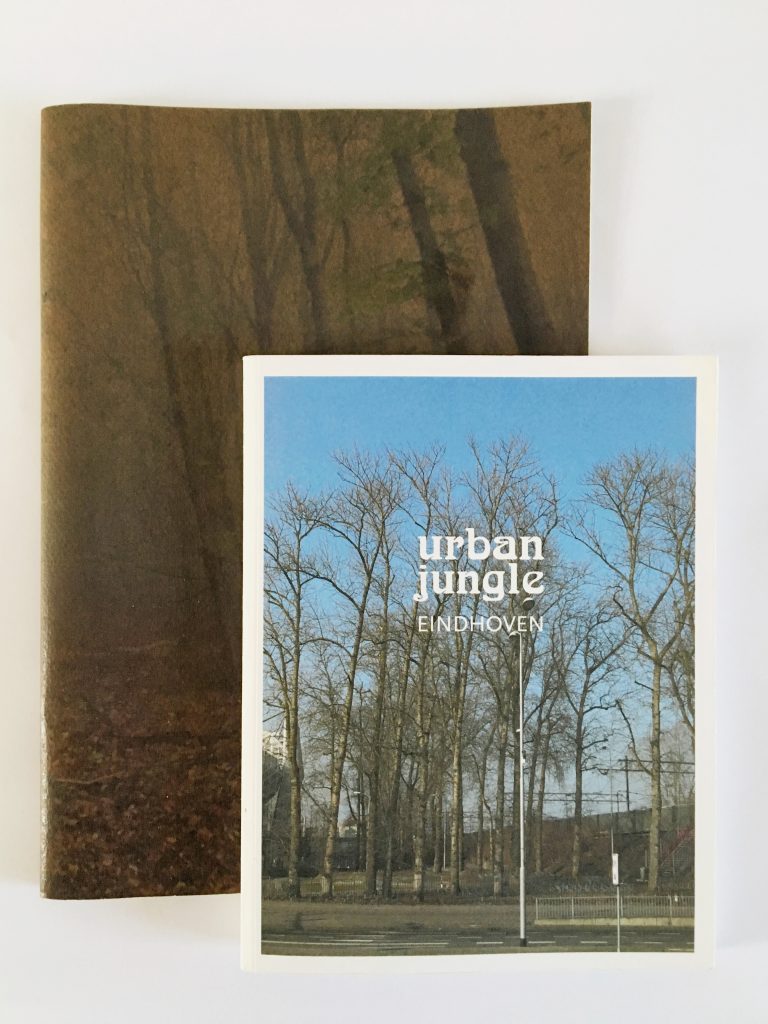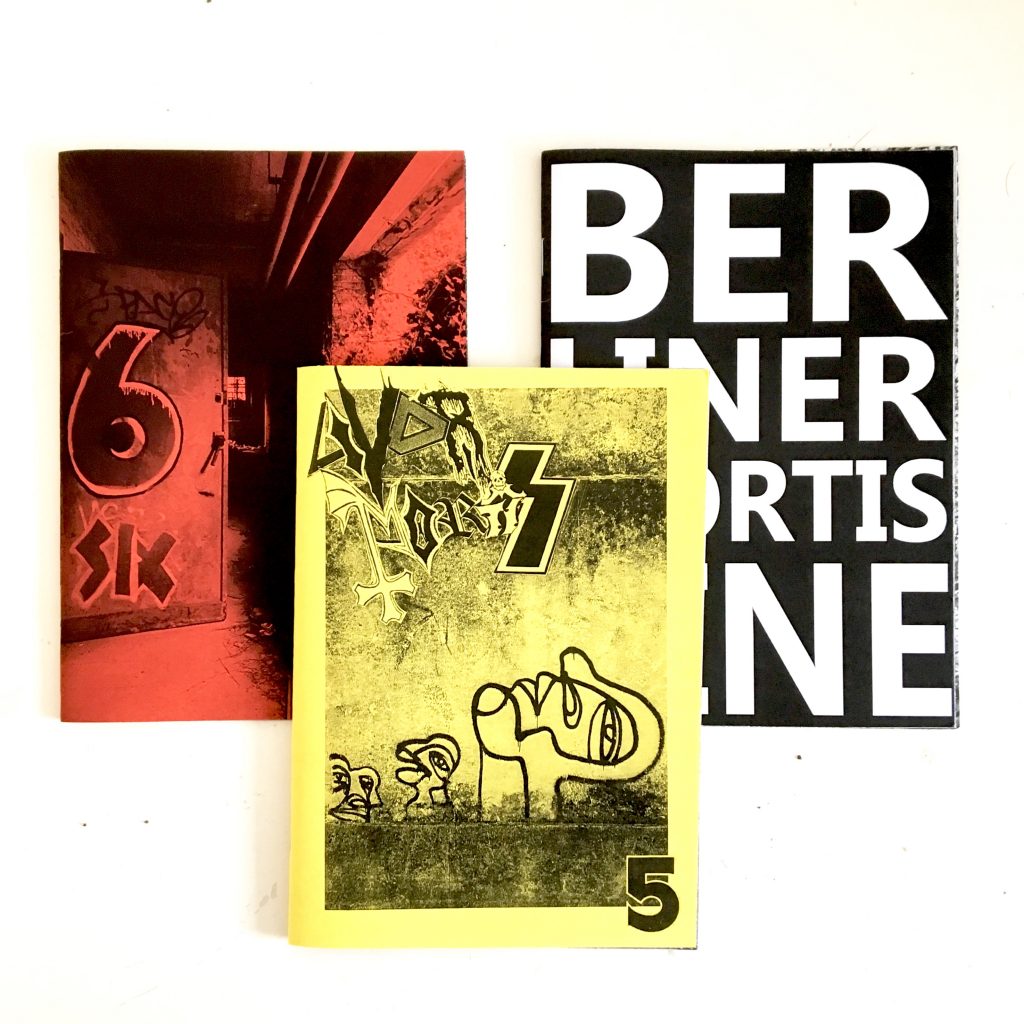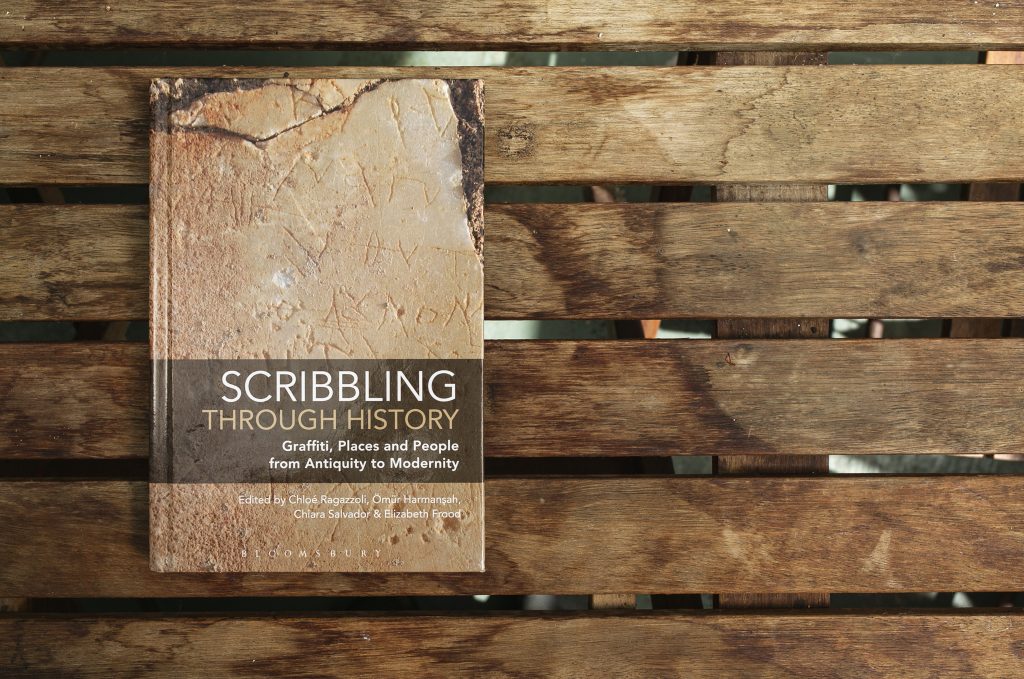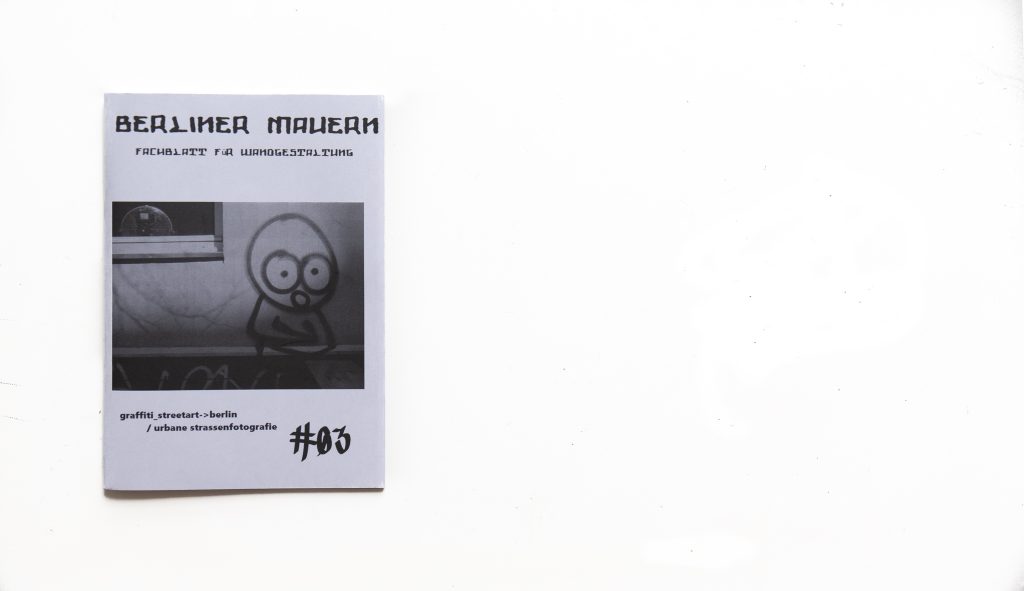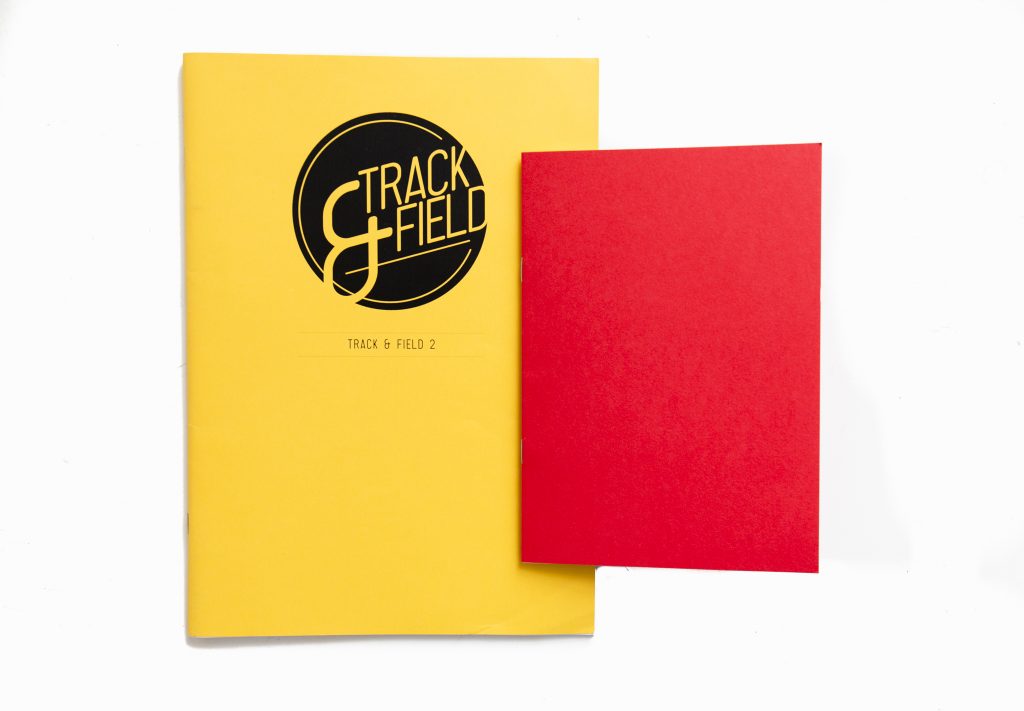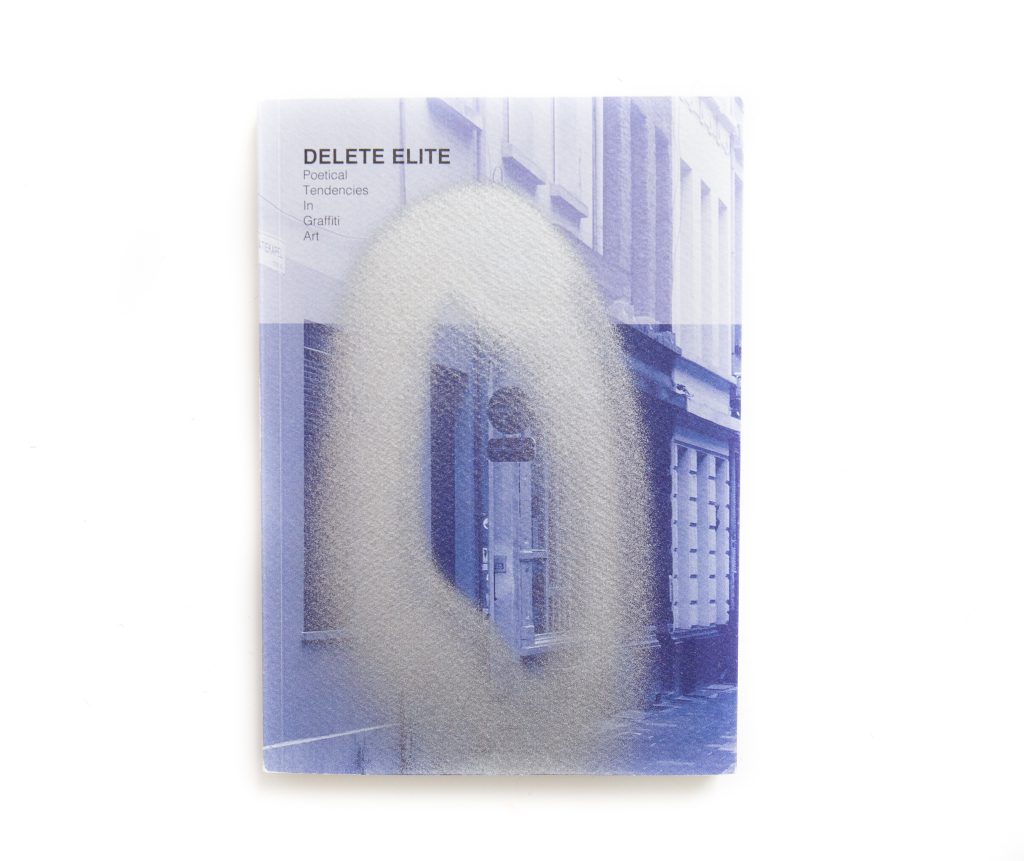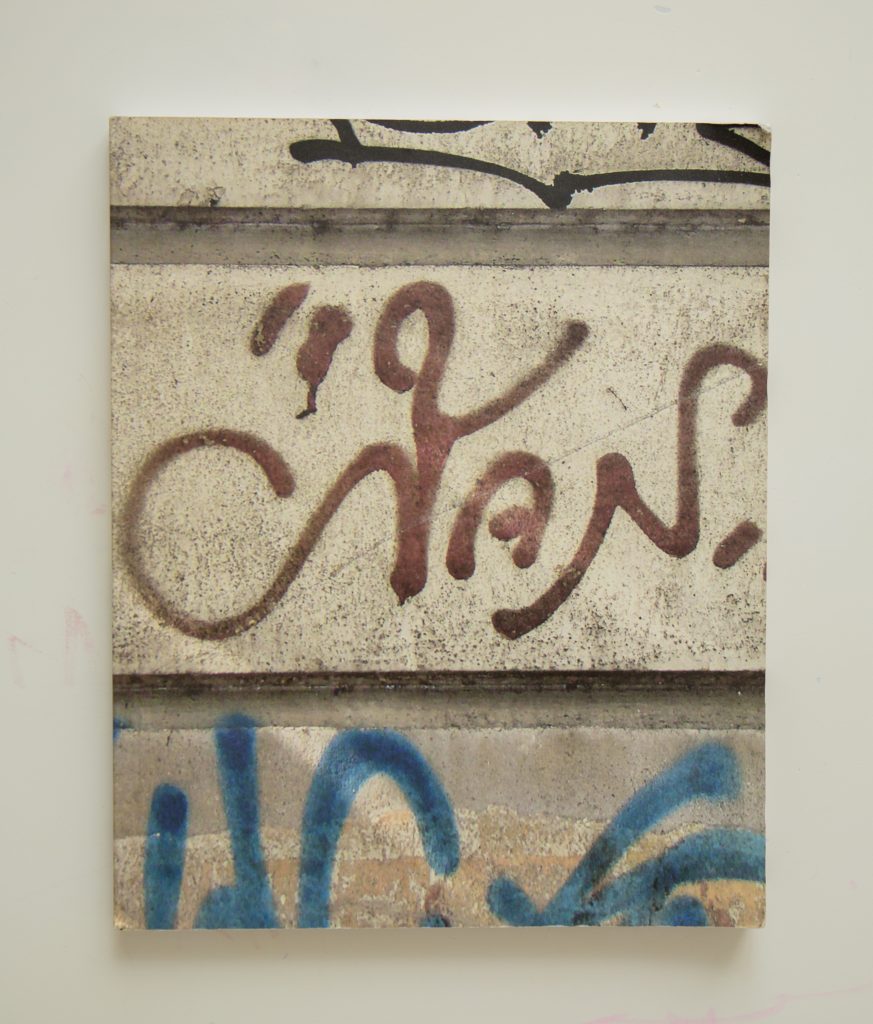By Dr Alex Hale
‘The archaeologist’s job is not to discover officially (and tell) the stories of the past. Rather, the goal of archaeology is to open people’s minds and disrupt received perceptions of society, politics, places, peoples and material culture.’
Doug Bailey 2017.
Introduction
In 2015 an urban wall was photographed every week for 52 weeks. This act of recording aimed to capture the changing temporal nature of a city location and disrupt traditional archaeological timeframes. Graffiti sprayed on the wall came and went and appeared to lead to a destructive act of gentrification, driven in part by the ‘broken window’ theory. The unacknowledged driver of this cataclysmic event was not the graffiti but was in fact the urban waste disposal system, which left wheelie bins over flowing with rubbish adjacent to the wall. Through disrupted archaeological practice, this contribution explores creative urban spaces and hegemonic gentrification agendas. The project considers how the archaeological imagination (Gamble 2008, Shanks 2012) can be turned to unheard voices from across the graffiti world to ‘excavate’ urban change. It uses techniques such as repeat photography to unsettle traditional archaeological tropes of recording, in order to engage and consider the temporality of graffiti. By going beyond traditional archaeological methods it tests approaches that engage with unsettling material culture (modern graffiti) and sustains the need for disrupted approaches within the archaeologies of the contemporary past.
Continue reading →
